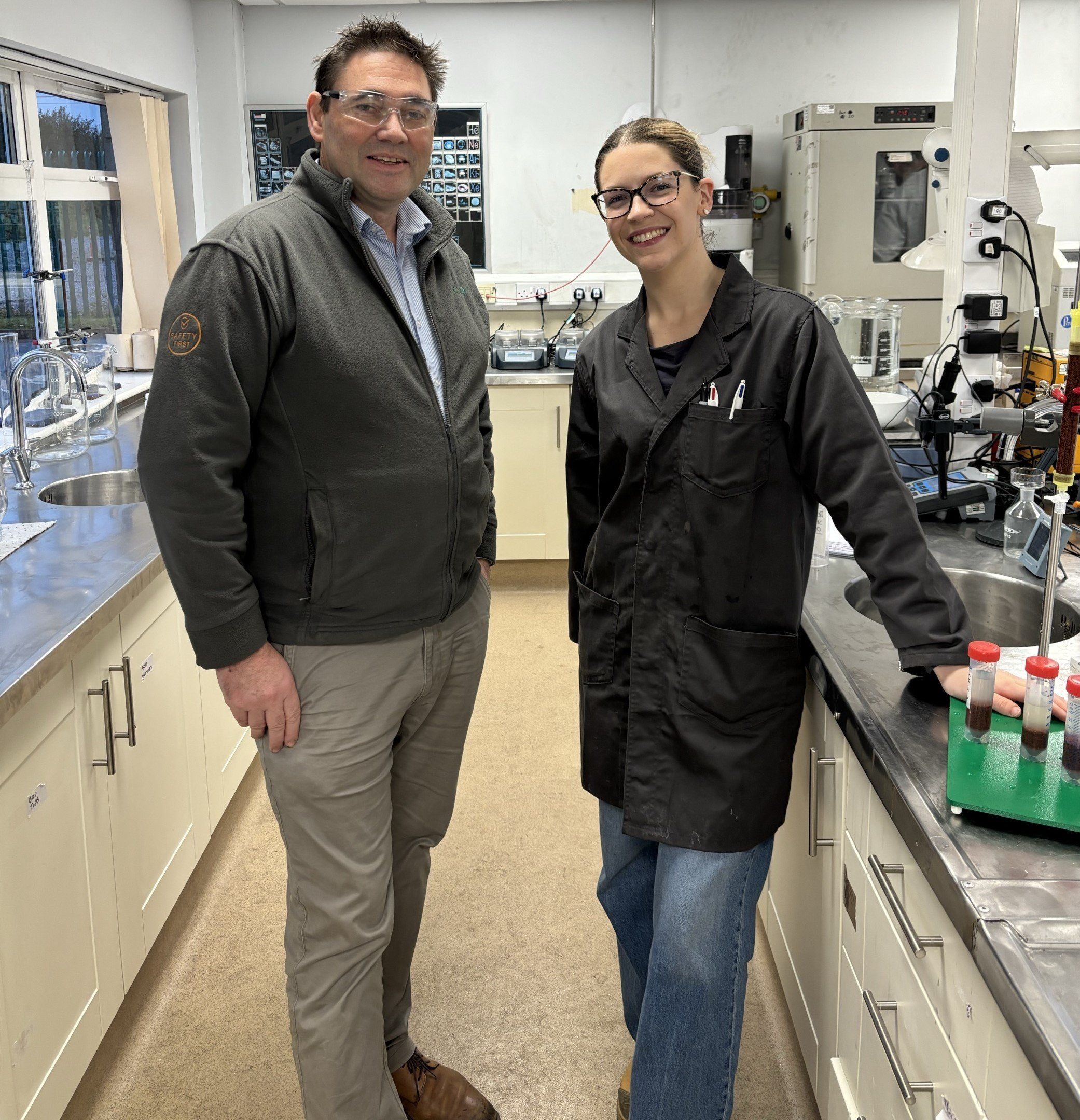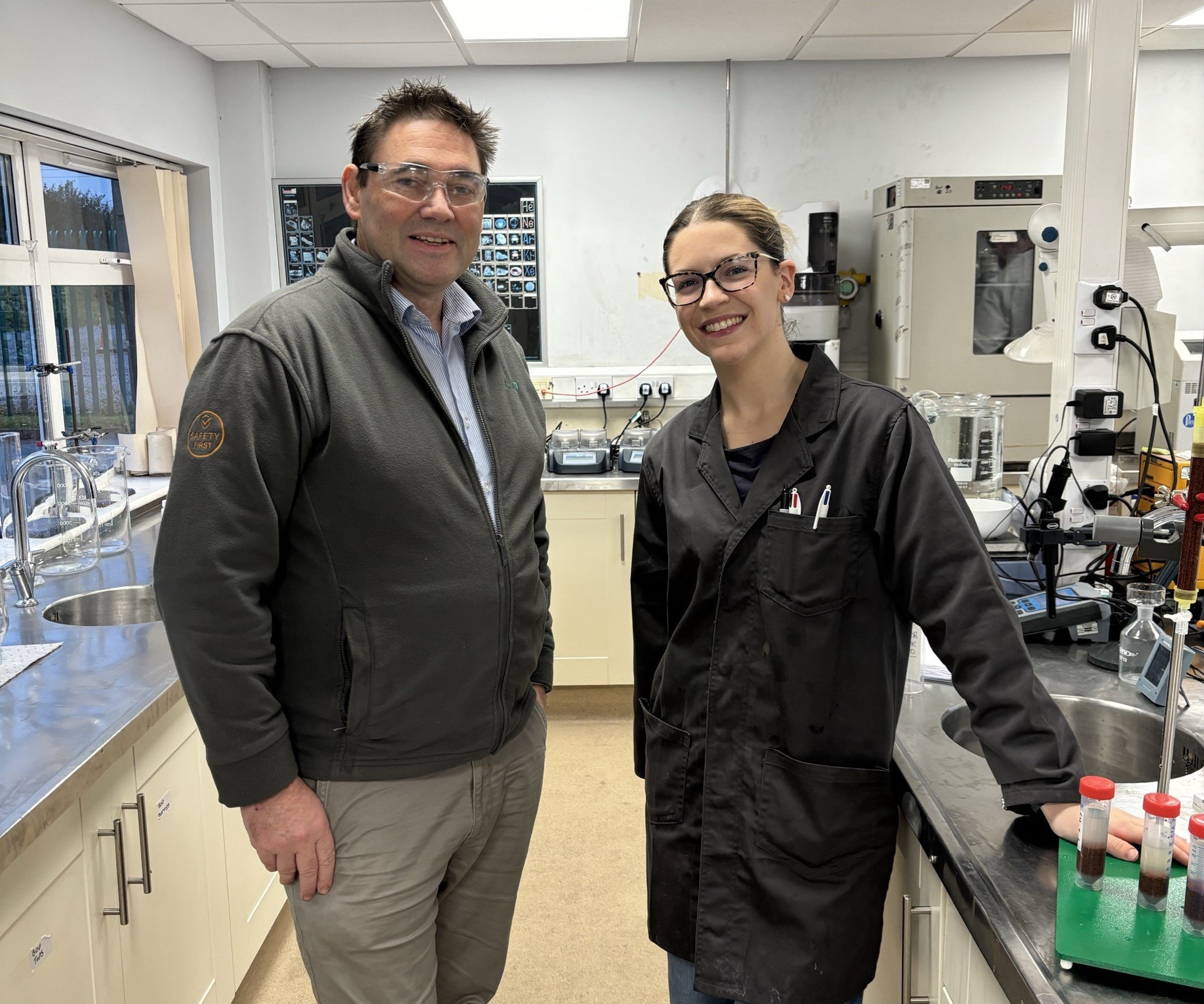Behind the Breakthrough: The Test Work That Won PHOSPHIX® the ENVA Project
18 February 2025
Meeting strict phosphate discharge limits isn’t just about choosing the right technology—it’s about making sure it works in your plant, under your conditions, every single day.
Because industrial wastewater is anything but predictable.
That was the challenge of the ENVA Project—a large-scale, ~$11 million phosphate removal initiative. With our PHOSPHIX® process, we are delivering a solution that will remove phosphate contamination to less than 1mg/L from a fluctuating wastewater stream without producing large volumes of environmentally undesirable ferric or alumina phosphate sludge. Instead, it will generate a small volume of solid calcium phosphate by-product that can be disposed of safely and cost-effectively, while operating at a 99% water recovery rate, providing a minimal liquid discharge (MLD) solution.
How can we say that confidently?
Because for over a year, we put PHOSPHIX® through our rigorous testwork program—piloting, refining, and optimising the system on the client’s wastewater to prove PHOSPHIX® succeeds where competing technology falls short.

1. The Challenge: Fluctuating Wastewater and Tight Discharge Limits
Working with ENVA, we addressed a challenge at an industrial plant in Ireland. The plant anticipated wastewater feeds with phosphate concentrations fluctuating between 3 and 20 mg/L P-PO₄. This is a common challenge in wastewater where variability is the norm, not the exception. The client required a solution capable of achieving consistent discharge limits below 1 mg/L P-PO₄ without generating excessive waste or spiralling operational costs.
Conventional methods like ferric or alum precipitation often fail under these conditions. They produce excessive waste sludge and struggle to adapt to variable streams. A robust, selective solution was critical for a plant running 24 hours a day, 365 days a year.
Adapting to Variability: The Strength of PHOSPHIX®
PHOSPHIX® was developed to tackle precisely the wastewater challenges seen in the ENVA Project. Its advanced ion exchange process selectively removes phosphate, adapting to changing feed conditions. The process minimises sludge production while optimising chemical use, significantly improving cost-effectiveness and sustainability. With its ability to handle fluctuating phosphate loads while maintaining low discharge limits, PHOSPHIX® provides a robust, long-term solution for industrial and municipal wastewater treatment, especially in highly regulated sectors.
But the key to confidence in any solution is real-world testing—and for ENVA, we put PHOSPHIX® through its paces.
The Journey: Test Work Phases
Test work is where theory meets reality.
For over 12 months, we rigorously tested PHOSPHIX®’s performance across multiple phases to ensure consistent results and optimised efficiency.
Why?
Because every wastewater stream is different. While PHOSPHIX® offers the potential to treat most wastewater streams requiring phosphate removal, it’s our team—engineers, PhD chemists, and industry experts—who make that potential a reality.
Working closely with ENVA throughout the test work process, we shared data, refined our approach and maintained an open line of communication so that insights from both sides drove the project’s success. This partnership, and our team’s ability to troubleshoot at every stage, allowed us to adapt and optimise PHOSPHIX® for ENVA’s specific requirements.
Phase 1: Benchtop Testing
Our initial lab-scale trials focused on understanding the client’s wastewater characteristics. We tested PHOSPHIX®’s resin selectivity and confirmed it could consistently capture phosphate despite fluctuating feed concentrations and competing ions.
Phase 2: On-Site Piloting
To move beyond the lab, we piloted the PHOSPHIX® system on-site. This phase validated the technology’s performance in real conditions, demonstrating reliable phosphate removal even as concentrations varied. The pilot results confirmed:
- Phosphate levels consistently reduced to below 1 mg/L.
- Stable performance under varying operating conditions.
- Minimal waste production compared to conventional methods.
Phase 3: Optimisation
We closed the loop by optimising the desorption and precipitation stages in our labs. Captured phosphates were converted into hydroxyapatite solids, producing a high-solids filter cake (>50%) suitable for cost-effective disposal. In addition, maximising resin loading at the optimal pH reduced OPEX by 50%.

ENVA New Business Development Director Kieran Staunton and Clean TeQ Technical Assistant Emma Baillie on site in Ireland.
The Outcome: Proof of Performance
After more than a year of meticulous testing, PHOSPHIX® delivered results that speak for themselves:
- Phosphate levels reduced to below 1 mg/L, even under fluctuating conditions.
- Waste minimised with a high-solids hydroxyapatite by-product (>50%), lowering disposal costs.
- Operational efficiency improved, with optimised reagent consumption cutting anticipated OPEX by 50%.
- Sustainable performance with 99% water recovery.
How do you prove a technology works when wastewater variability makes success uncertain? You test it. Rigorously. With an experienced team trained to troubleshoot and optimise processes.
PHOSPHIX® has taken a complex challenge—unpredictable phosphates and tight discharge limits—and delivered a solution that works. Not just in theory, but in practice. The ENVA Project is proof that rigorous test work leads to real results: reliable performance, lower costs, and better outcomes. With a full-scale plant now in development, PHOSPHIX® is set to deliver at an industrial scale.
